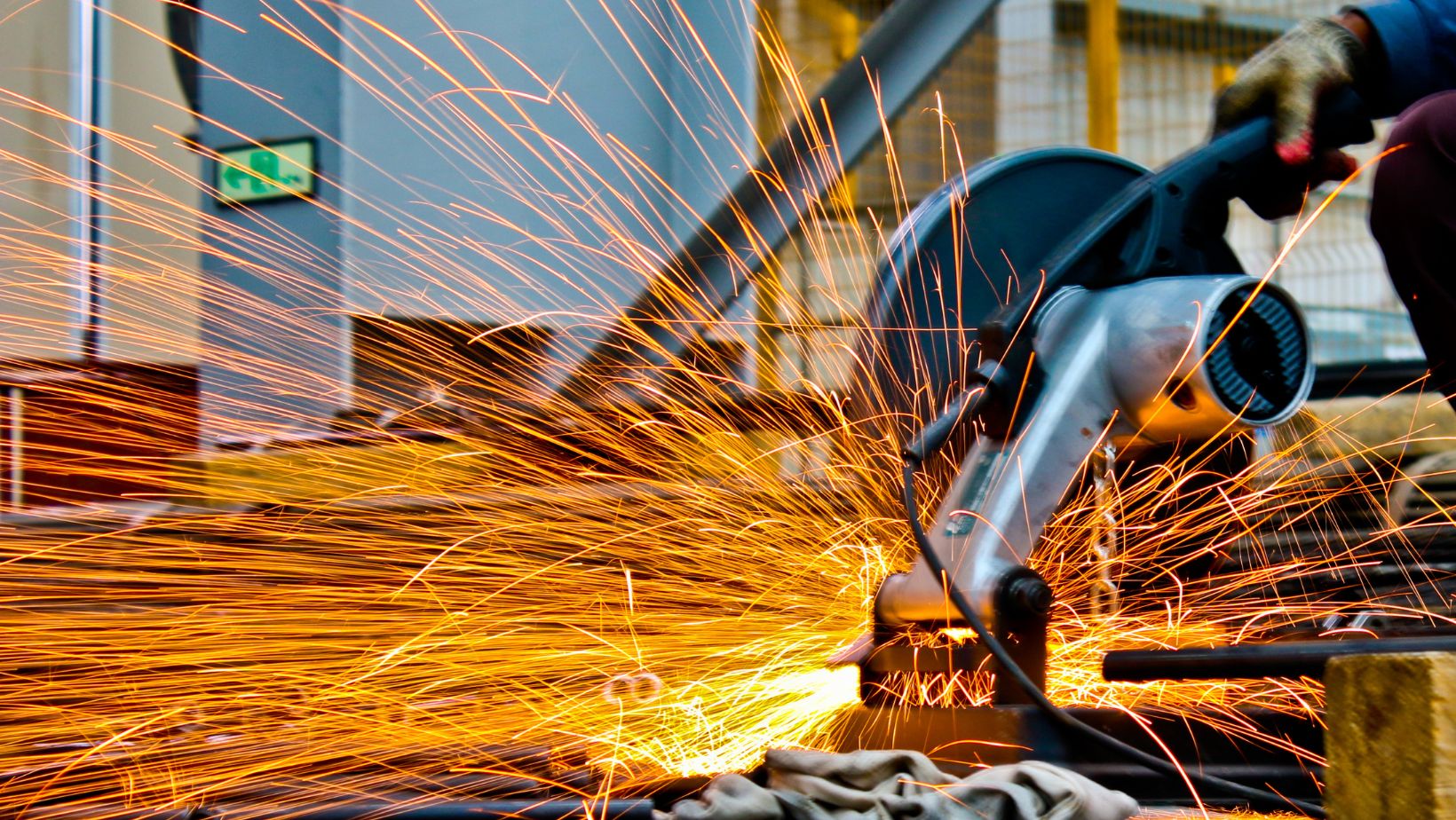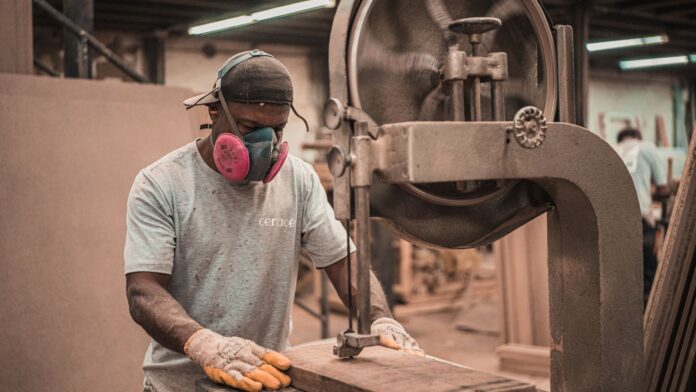When it comes to machinery, safety should always be the top priority. As an expert in the field, I understand the importance of taking proper measures to ensure the well-being of both workers and equipment. In this article, I will delve into the key steps that should be taken to maintain a safe and efficient work environment when dealing with machinery.
Why Proper Measures are Important
When it comes to working with machinery, ensuring that proper measures are taken to keep machinery safe is of utmost importance. It not only protects the well-being of employees but also helps businesses avoid costly accidents and downtime. In this section, I’ll discuss the key reasons why implementing proper measures is crucial.
1. Employee Safety: The primary reason for implementing proper measures is to prioritize the safety of employees. Machinery accidents can result in serious injuries or even fatalities. By taking proactive steps to maintain and operate machinery safely, businesses can create a secure work environment for their employees.
2. Accident Prevention: Proper measures such as regular maintenance, inspections, and adherence to safety protocols can significantly reduce the risk of accidents. Malfunctioning machinery or neglected maintenance can lead to unforeseen incidents that can be avoided by implementing a comprehensive maintenance program.
3. Equipment Longevity: Implementing proper measures not only ensures the safety of employees but also contributes to the longevity of the machinery itself. Regular maintenance, cleaning, and timely repairs can extend the lifespan of the equipment, saving businesses from the expense of frequent replacements.
4. Regulatory Compliance: Following proper measures is essential to meet regulatory requirements. Government agencies have established safety standards that businesses must adhere to. By implementing proper measures, companies can ensure compliance with these regulations, avoiding penalties and legal issues.
5. Enhanced Productivity: When machinery is well-maintained and operated safely, it functions at optimal efficiency. Proper measures help prevent breakdowns, malfunctions, and other issues that can disrupt workflow and productivity. By prioritizing machinery safety, businesses can ensure smooth operations and maximize productivity.

Ensuring That Proper Measures are Taken to Keep Machinery
Understanding the Risks
When it comes to working with machinery, it is essential to understand the potential risks involved. Machinery accidents can lead to severe injuries or even fatalities, and can also result in costly damage to equipment and property. Therefore, ensuring that proper measures are taken to keep machinery safe is of utmost importance. By recognizing the risks associated with machinery operation, we can implement effective safety protocols to mitigate these dangers.
One of the primary risks when working with machinery is the potential for mechanical failure. Components can wear out over time, leading to malfunctions or breakdowns that can cause accidents. Additionally, improper use of machinery or lack of training can also contribute to accidents and injuries. Understanding these risks allows us to develop strategies to prevent them, keeping both employees and equipment safe.
Regular Inspections and Maintenance
To maintain machine safety, regular inspections and maintenance are crucial. By conducting routine inspections, potential issues can be identified and addressed before they escalate into major problems. These inspections should include a thorough examination of all components, from moving parts to safety features. By identifying any signs of wear, damage, or malfunction, proactive measures can be taken to prevent accidents.
Maintenance should also be a priority to keep machinery in optimal condition. This includes cleaning, lubricating, and replacing parts as needed. Regular maintenance not only ensures the safety of machinery but also prolongs its lifespan, reducing the risk of unexpected breakdowns that can lead to accidents.
Implementing a comprehensive maintenance program involves establishing a schedule for inspections and maintenance tasks. This program should be documented and followed consistently. It is essential to assign responsibility for these tasks, ensuring that they are carried out by trained personnel or qualified technicians.
In addition to routine inspections and maintenance, it is crucial to address any identified issues promptly. Any observed malfunctions or safety concerns should be reported immediately to the appropriate personnel, who can then take the necessary steps to rectify the situation. Ignoring or delaying the resolution of these issues can significantly increase the risk of accidents.
Understanding the risks associated with machinery operation and implementing regular inspections and maintenance are key steps in ensuring machine safety. By taking these proper measures, businesses can mitigate the potential risks, protect employees, and maintain the longevity of their equipment.


